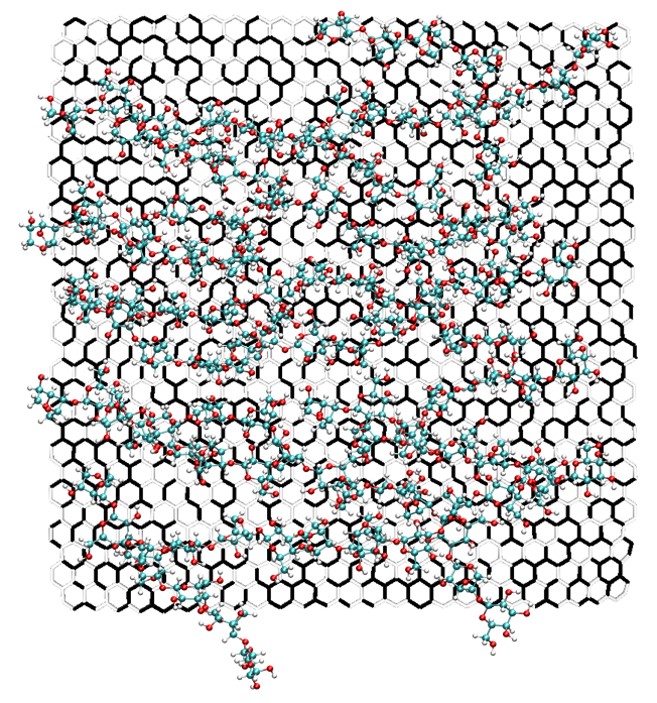[Small] Uniform, Strain-Free, Large-Scale Graphene and h-BN Monolayers Enabled by Hydrogel Substrates
We demonstrate that 2D materials sitting on hydrogels are nearly strain-free.

Translation of the unique properties of 2D monolayers from non-scalable micron-sized samples to macroscopic scale is a longstanding challenge obstructed by the substrate-induced strains, interface nonuniformities, and sample-to-sample variations inherent to the scalable fabrication methods. So far, the most successful strategies to reduce strain in graphene are the reduction of the interface roughness and lattice mismatch by using hexagonal boron nitride (h-BN), with the drawback of limited uniformity and applicability to other 2D monolayers, and liquid water, which is not compatible with electronic devices. This work demonstrates a new class of substrates based on hydrogels that overcome these limitations and excel h-BN and water substrates at strain relaxation enabling superiorly uniform and reproducible centimeter-sized sheets of unstrained monolayers. The ultimate strain relaxation and uniformity are rationalized by the extreme structural adaptability of the hydrogel surface owing to its high liquid content and low Young's modulus, and are universal to all 2D materials irrespective of their crystalline structure. Such platforms can be integrated into field effect transistors and demonstrate enhanced charge carrier mobilities in graphene. These results present a universal strategy for attaining uniform and strain-free sheets of 2D materials and underline the opportunities enabled by interfacing them with soft matter.